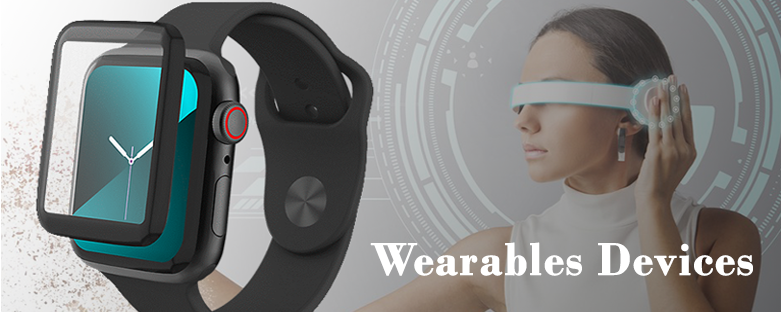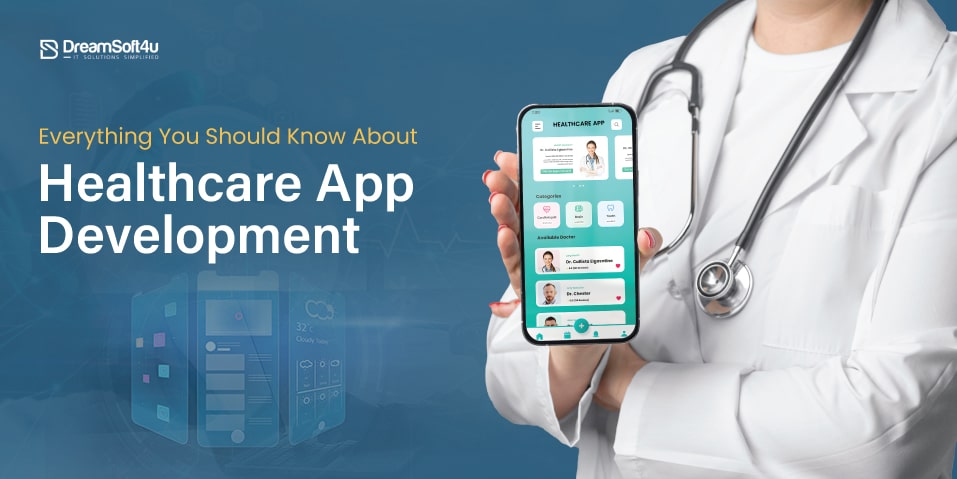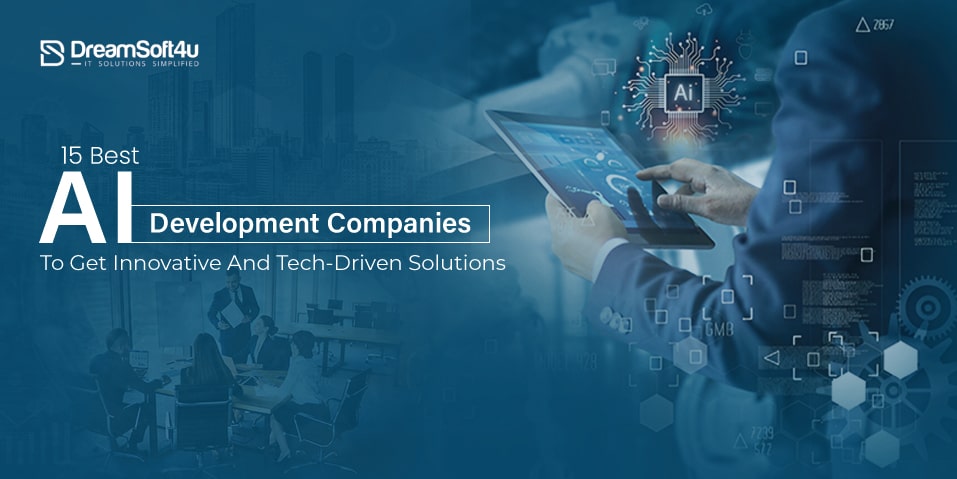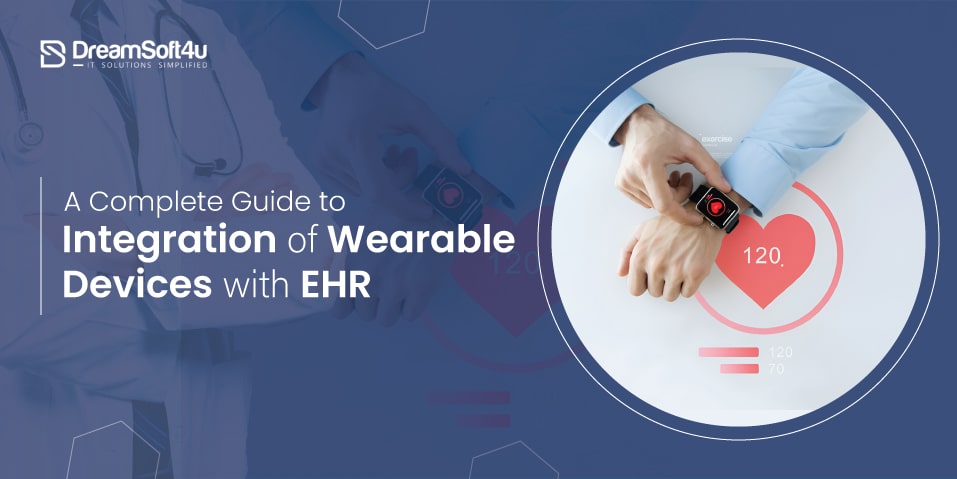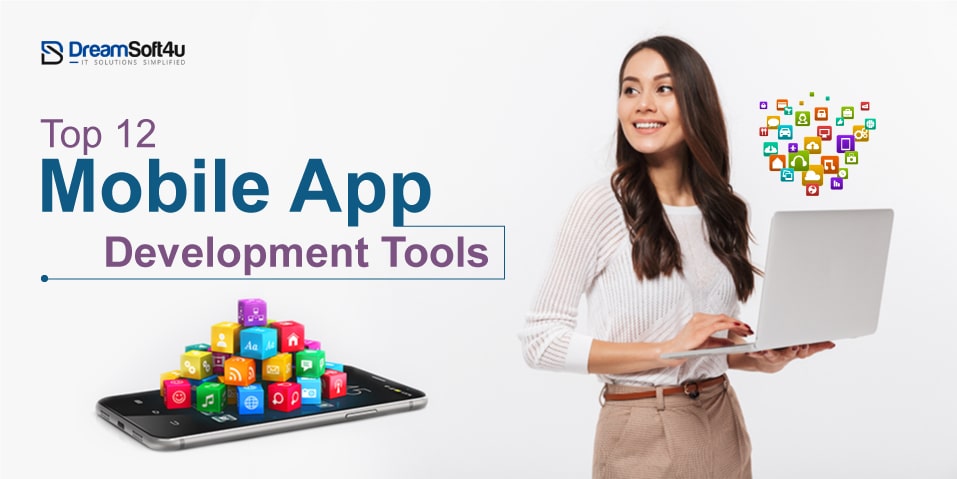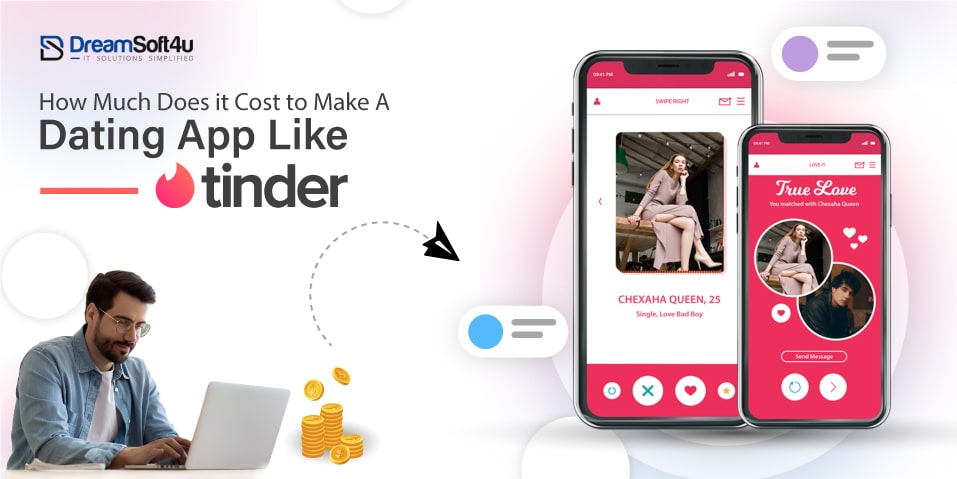We are leading in the programming of HealthCare wearable Gadgets technologies. These are a type of technology that is worn on the human body. This type of device has become a more common part of the tech world as companies have started to evolve more types of devices that are small enough to wear and that include powerful sensor technologies that can collect and deliver information about their surroundings.
Wearable devices are also known as wearable gadgets, wearable technology or simply wearables.
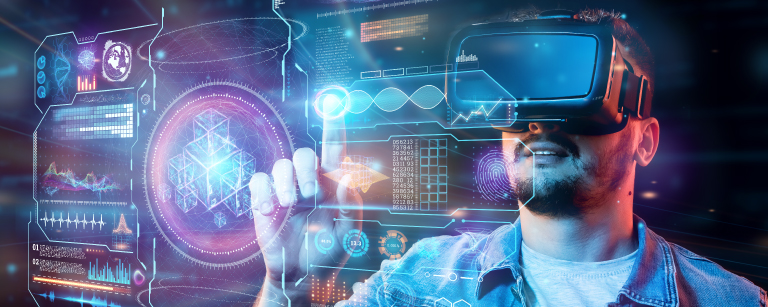
The major advantage that has worked in the favor of wearable technology has been the shrinking size of hardware over the years. With this, the wearable device industry has been able to craft tiny computers that can even be worn next to the skin and can go undetected in usual circumstances. This means that wearable devices have become smaller and even more efficient than ever before.
Controllable through Mobile Apps
Smart wearable gadgets such as miniature cameras that can be worn on one’s garment itself, and can be controlled via a mobile app. This development is largely due to the availability of better touch screens and higher resolution cameras. Hence, this also opens up another area of Mobile application development wherein smart mobile apps will be created especially to control various wearable devices. Such devices have embedded software that can control the device via commands received from the mobile app.
With estimates that the market for wearable devices App development will go beyond $5 billion in the next five years, it is good to know that the various mobile apps are getting smarter in order to access these wearable devices along with the introduction of better mobile hardware as well.
Wearable technology and health
Wearable technology is often used to monitor a user’s health. Given that such a device is in close contact with the user, it can easily collect data.
Wearables can be used to collect data on a user’s health including:
• Heart rate
• Calories Burned
• Steps walked
• Blood pressure
• Time spent exercising
These functions are often bundled together in a single unit, like an activity tracker or a smartwatch like the Apple Watch Series 2 or Samsung Galaxy Gear Sport. Devices like these are used for physical training and monitoring overall physical health.
Currently other applications within healthcare are being explored, such as:
• Measuring blood alcohol content
• Measuring athletic performance
• Monitoring how sick the user is
Health Risk Assessment applications, including measures of frailty and risks of age-dependent diseases
While wearables can collect data in aggregate form, they have yet to analyze or make conclusions based on this data. Wearables cannot account for the differing health needs of an individual; they can only collect data. Because of this, wearables are used primarily for information about general well-being but not for making decisions about one’s health.
Basic Usage
Wearable technology usage can be categorized into two major categories:
- Personal usage
- Business usage whether for personal or business use, wearable tech gadgets are primarily used for any one of the following functions:
- As a fashion statement
- As a fitness tracker
- As a treatment for hearing impairments
- For remote treatment of speech and voice disorders such as those in patients with Parkinson’s disease.
- As a sport tracker
- To synchronize data and communication from other Wearable gadgets
- For specific health issue monitoring, such as stress management
- As a gauge for alertness and energy levels
- As navigation tools
- As media devices
- As communication gadgets Wearable devices are rapidly advancing in terms of technology, functionality, and size, with more real-time applications.
Smart watches are a second high-profile sector, and while wearable devices have been around for years, they have only started gaining mass market attention with the introduction of new models by Samsung and later by Apple.
Conclusion
To conclude, with the world slowly embracing wearable technology it can safely be said that wear-tech is the need of the hour across the entire spectrum of industries ranging from healthcare to entertainment and education. Hence, wearables that are integrated with mobile apps will help bridge the communication gaps as well as increase productivity besides improving workflow and enhancing lifestyles.Since wearable technology is going to be the next big thing, it is imperative that mobile app developers take this development in their stride and gear up for the change and for this change we The Dreamsoft Family is ready!!

